Photography—it’s all about passion, skill, and commitment. Ever wondered what a day in the life of a professional photographer is like? Every week, we ask a 500px photographer to document a day at work, giving you an exclusive, behind-the-scenes look at their shooting schedule and techniques in the field.
This week, we’re heading out to the wilderness with photographer Dave Morrow to capture evening landscapes and stars in the sky. You might know him from his breathtaking “Blue Hour” twilight images, or his Milky Way and astro photos.
And if you’re an avid reader of 500px ISO, you might know him from the amazing (and detailed) astrophotography tutorials he’s shared with us: How To Photograph The Night Sky and How To Photograph The Northern Lights.
When he’s not traveling or exploring the night sky in the world’s most gorgeous locations, he also teaches and guides Milky Way and Star Photography Workshops & Tours, which spans the entire West Coast of the United States.
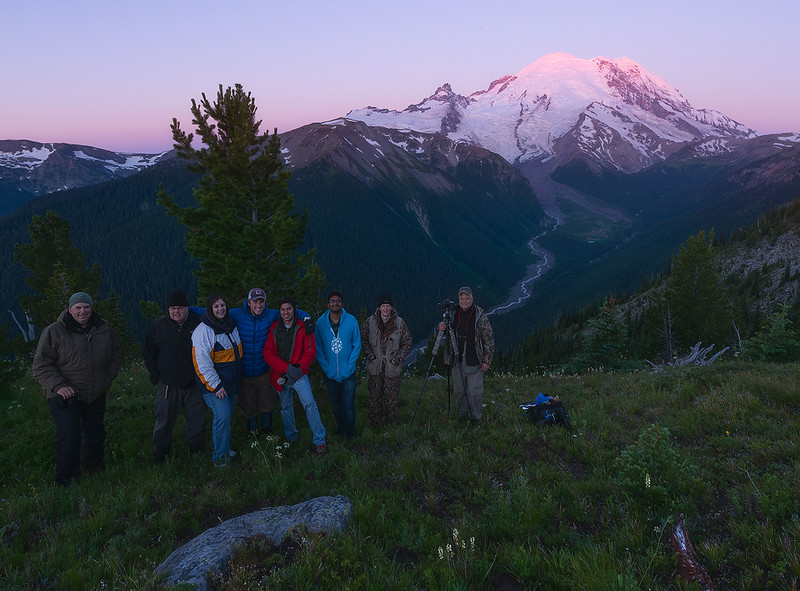
Dave Morrow with his workshop students after a night of Milky Way photography at Mount Rainier National Park.
Ready to follow this Seattle, Washington-based pro in the great outdoors? Read on to see how he spends a day at work, capturing landscapes and the sky at night!
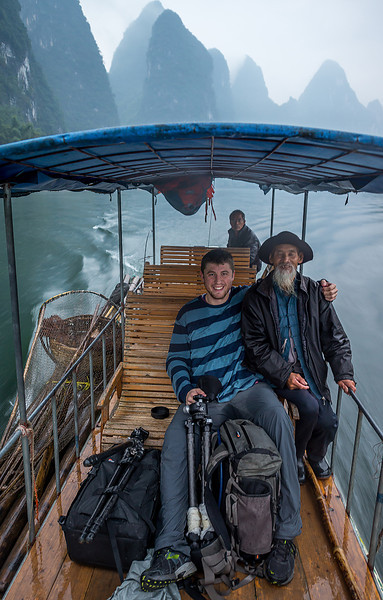
Dave Morrow, bamboo rafting on the Li River in China.
24 Hours with Dave Morrow
5 A.M. It’s August. We’re just waking up, and preparing to head out for a 5-day, 45-mile trek through Glacier National Park’s backcountry wilderness. Since this is the last real food we will have for a week, everyone loads up on fresh avocados and fruit before heading out. We had planned on leaving the day before, but due to rain, snow, and weather advisory, we held off a day, and did some day hikes in the area. We will make up for the lost miles today with a solid 15-mile hike into the Belly River Valley.
6 A.M. During the late summer months, packing for a backpacking trip isn’t so bad. The temperatures only drop to 32 Fahrenheit at night and reach upwards of 65 Fahrenheit during the day, so minimal gear is required. I packed my 36 degree sleeping bag, a two-person tent for my brother Lee and I to share, a couple pairs of dry-fit clothes, a Goretex coat, pants, boots, bear spray, a bear-proof canister packed with food for the next 5 days, a Camelback of water, and my camera gear. My camera gear consists of a Nikon D800 camera, Nikkor 14-24mm and 28-300mm lenses, a lightweight carbon-fiber tripod, 7 batteries, 1 polarizer, and 1 neutral density filter stuffed in an small F-Stop ICU which easily fits in an 85-liter Deuter Aircontact Pro bag with the rest of my gear. This sounds like a lot of gear, but really, it’s not that bad.
7 A.M. All packed! We hit the road, driving an hour from Many Glacier Campground to the trailhead half-mile South of the Canadian Border on Highway 17. This highway runs along the East side of the park.
8 A.M. It’s a dreary wet morning. But skies are supposed to clear late in the afternoon, providing some possibilities for good light and some night photography. We set out at Chief Mountain Trailhead.
9 A.M. Trails are covered in deep mud and water. Without hiking poles, we would’ve all gone down multiple times. Our destination is Cosley Lake—9 miles away where we plan to do some scouting and exploring for sunset.
10 A.M. We stop for lunch. For me it’s a Snickers bar and some almonds. Usually, I take a light lunch and stock up for dinner prior to a night under the stars.
11 A.M. The trails start to clear up slightly. The mud has turned to dry dirt, as we make our way along the Belly River Valley. We see massive peaks and vast landscapes in all directions. Glacier National Park is a landscape photographer’s dream.
12 P.M. We stop to take photos along the way. There is some nice light pouring through the clouds.
2 P.M. We arrive at Cosley Lake. We walk along the shoreline, trying to find a place to sit down and rest. The rain starts to come down, so we just end up sitting in the rain, enjoying the view.
3 P.M. After doing some scouting and looking at the topography maps, we decide to make another 6-mile trek to Elizabeth Lake. There, we predict we’ll see some really nice views of the Milky Way and the night sky.
4 P.M. Taking a shortcut by fording the Mokowanis River cuts off some time. It also provides some extra fun to our adventure. Not sure why, but hiking through water has always been exciting to me—ever since I was a kid.
5 P.M. The vegetation is really lush through this section of the Belly River Valley. The sun starts to come back out, and the light pour through the trees. We stop often and venture into the woods to shoot. There are some nice waterfalls and river scenes in this area as well.
7 P.M. We arrive around sunset, hang our bear canisters in a tree, set up camp, and head out to shoot the sunset at Elizabeth Lake.
8 P.M. The sunset is nothing spectacular. But we manage to get some nice twilight shooting in too. The peaks surrounding Elizabeth Lake are massive spires which reach toward the sky!
10 P.M. After 15 miles of hiking through muddy conditions, it’s time to devour some dinner. My dinner consists of Mountain House freeze-dried food, which I make in my favorite piece of camping gear: the Jetboil. Instant coffee follows, as we try to dry our gear out in the tents, since campfires are prohibited in most of Glacier’s backcountry.
11 P.M. It’s time to photograph the Milky Way and night sky! From this far North, the light is still fading. It won’t be completely dark until a little after 11 P.M.
12 A.M. Clouds start pushing through. But there is enough clearing here and there to snap some great photos of the Milky Way, rising above the massive mountain spires.
1 A.M. I stay out and continue to shoot until late in the night, working a lot of different compositions around the lake and surrounding wooded area. I can hear my friends yelling in the woods, and I yell back at them. In the most populated Grizzly Bear territory in the lower 48, you can’t ever make enough noise, especially when you’re hiking through the woods at night. Constant chatter is the norm on these nights, since it helps scare the bears away. We didn’t see any bears on this trip, so I guess it worked!
3 A.M. Finally, it’s time to sleep. During the summer months, the sun rises early. I’ll peek my head out of the tent at 5 A.M. and scout the next morning’s conditions. If skies are clear, it’s back to sleep until 8 A.M. If it looks like a great sunrise is brewing, it’s back up to shoot.
We hope Dave Morrow’s action-packed day gave you some insights into what work is like for a landscape and night sky photographer. Want more inspiration? Check out this jaw-dropping photo roundup that Dave captured:
To see more of his images, follow Dave Morrow on 500px to see more of his images. You can also connect with him on his official website and Facebook page.
Want to explore the night skies with Dave in person and learn his techniques? Here’s some more info on his Milky Way & Star Photography Workshops & Tours.
Got any questions for Dave about his workshops, shooting schedule, process, or his photography? Leave a comment for him below!
Check back next week for a new installment of A Day In The Life featuring another 500px photographer.

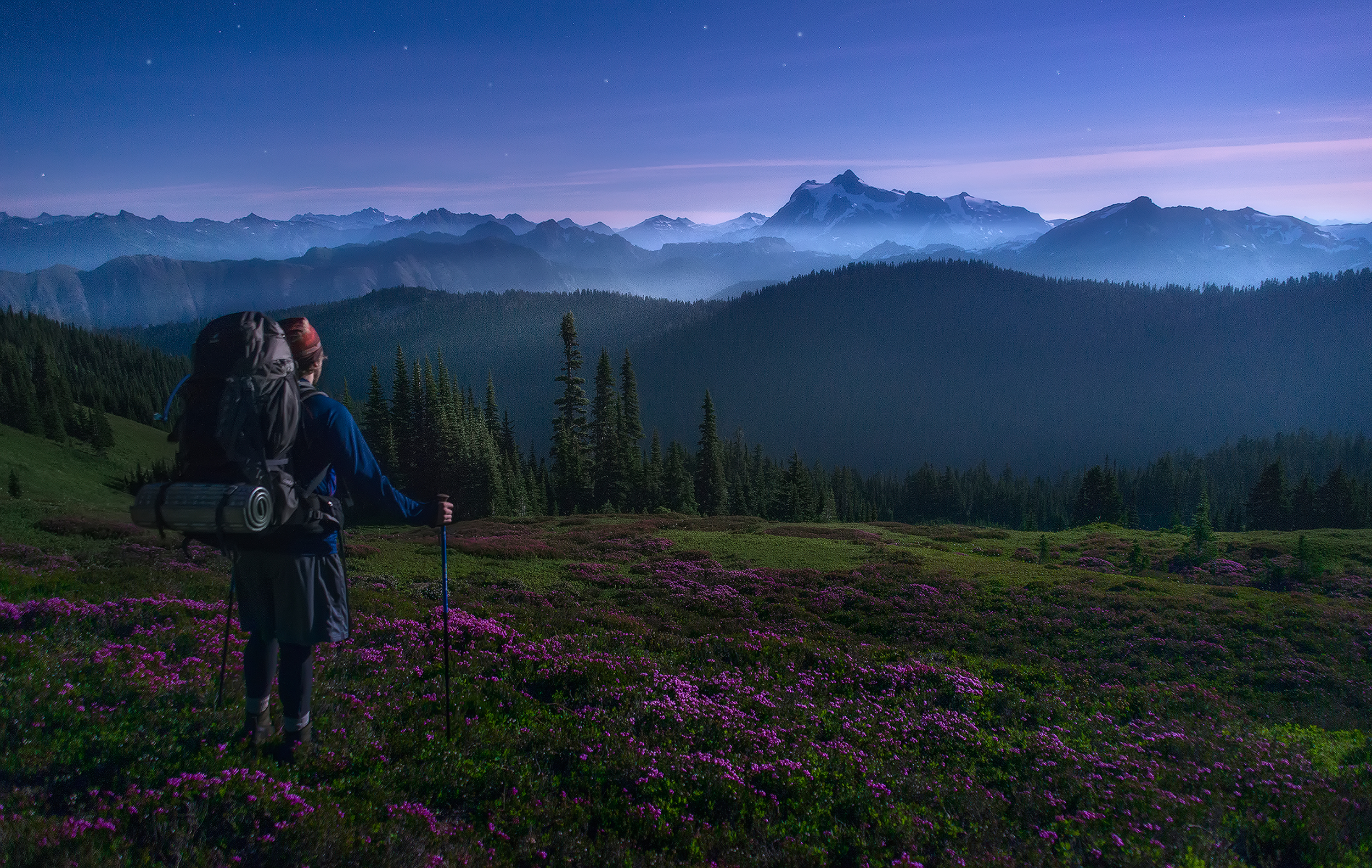
















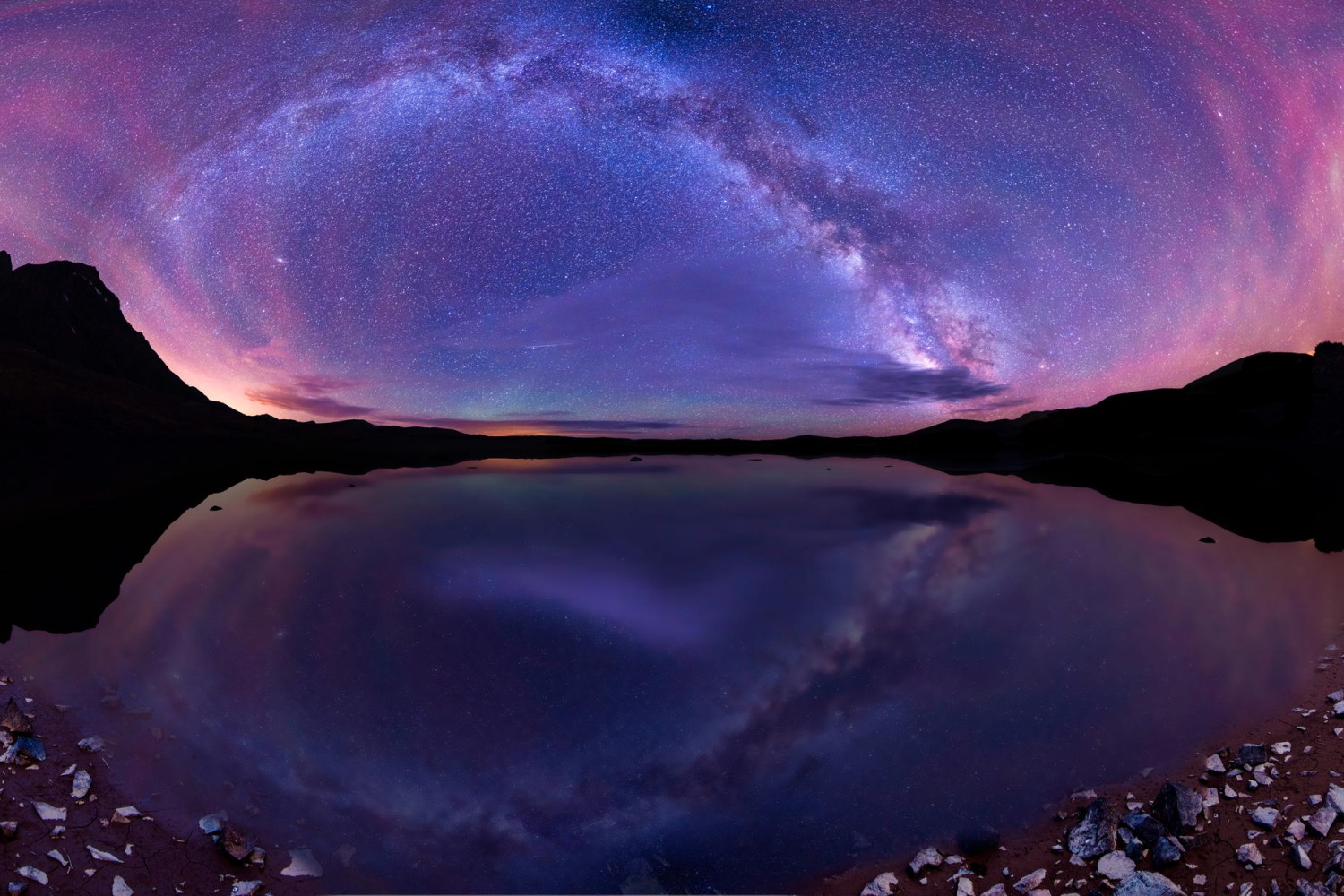

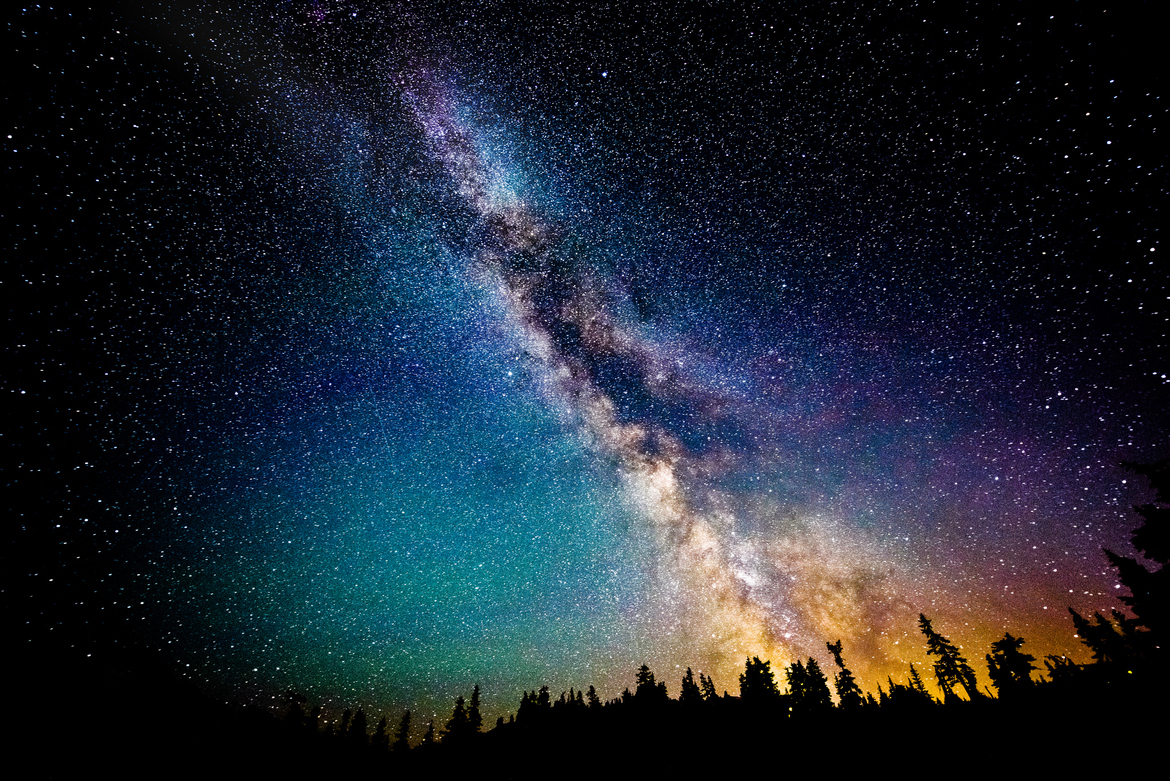
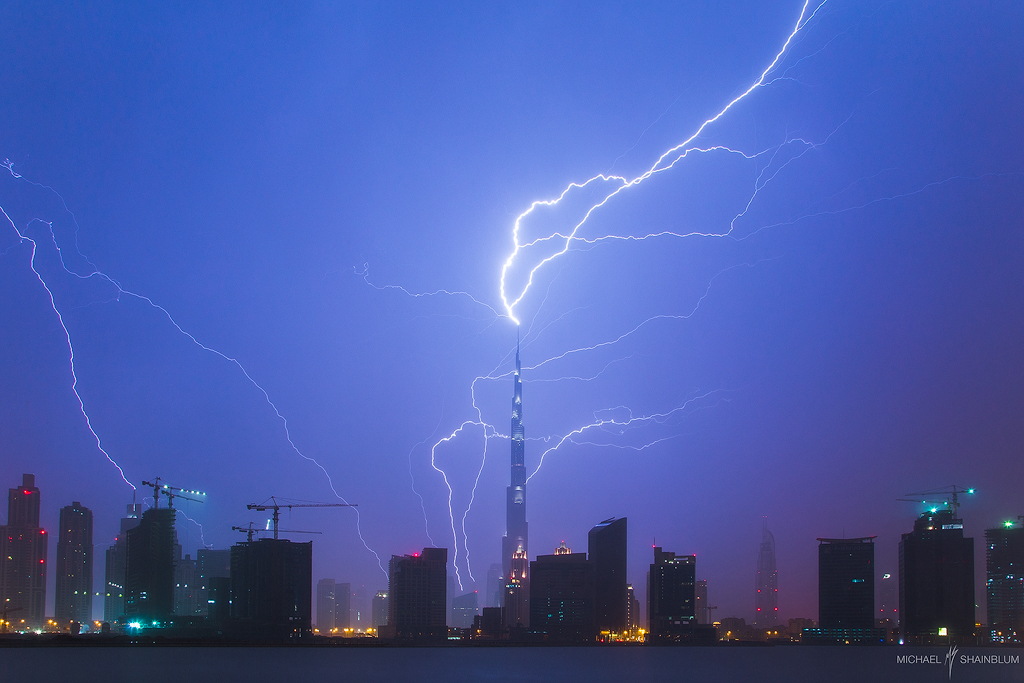
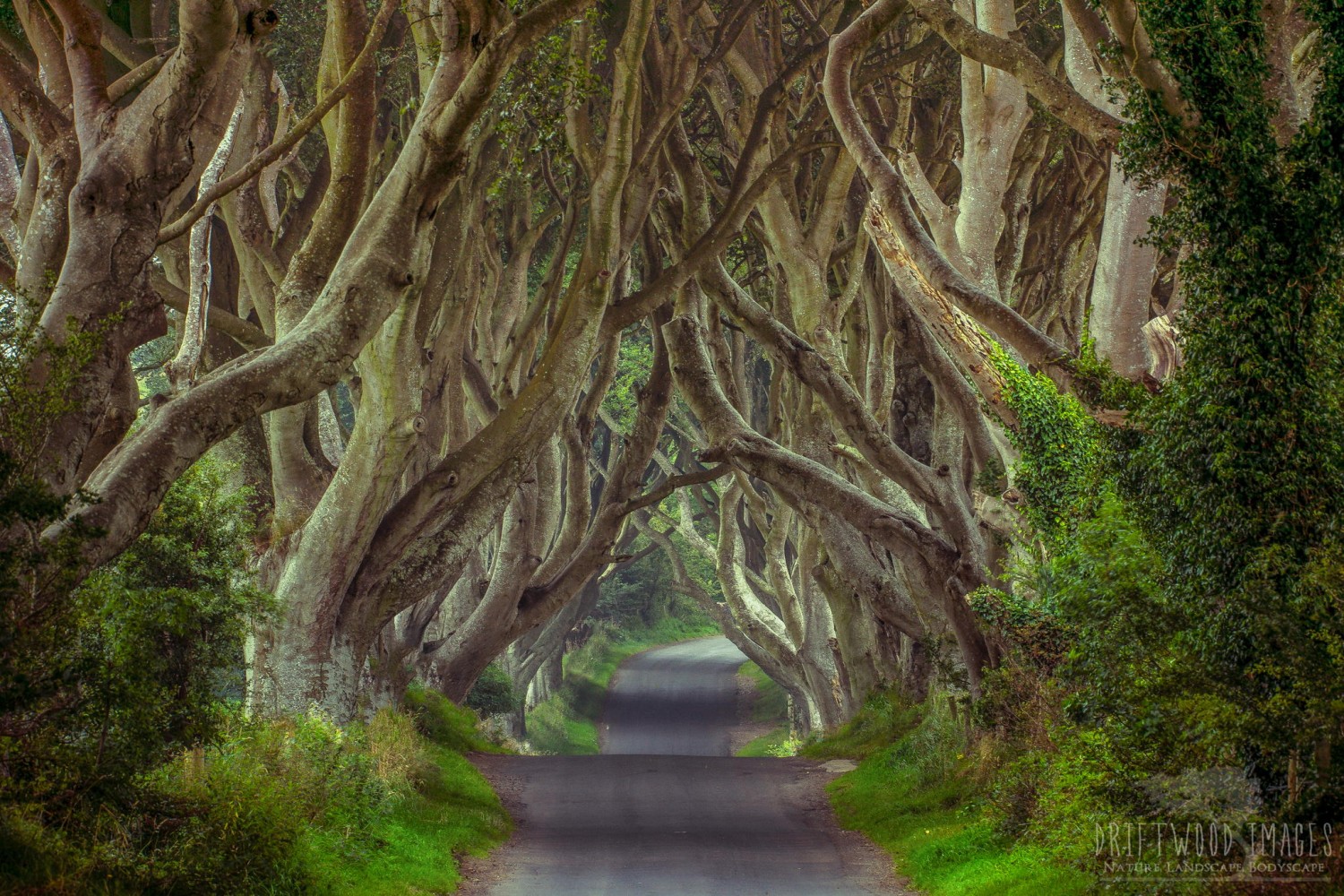
Leave a reply